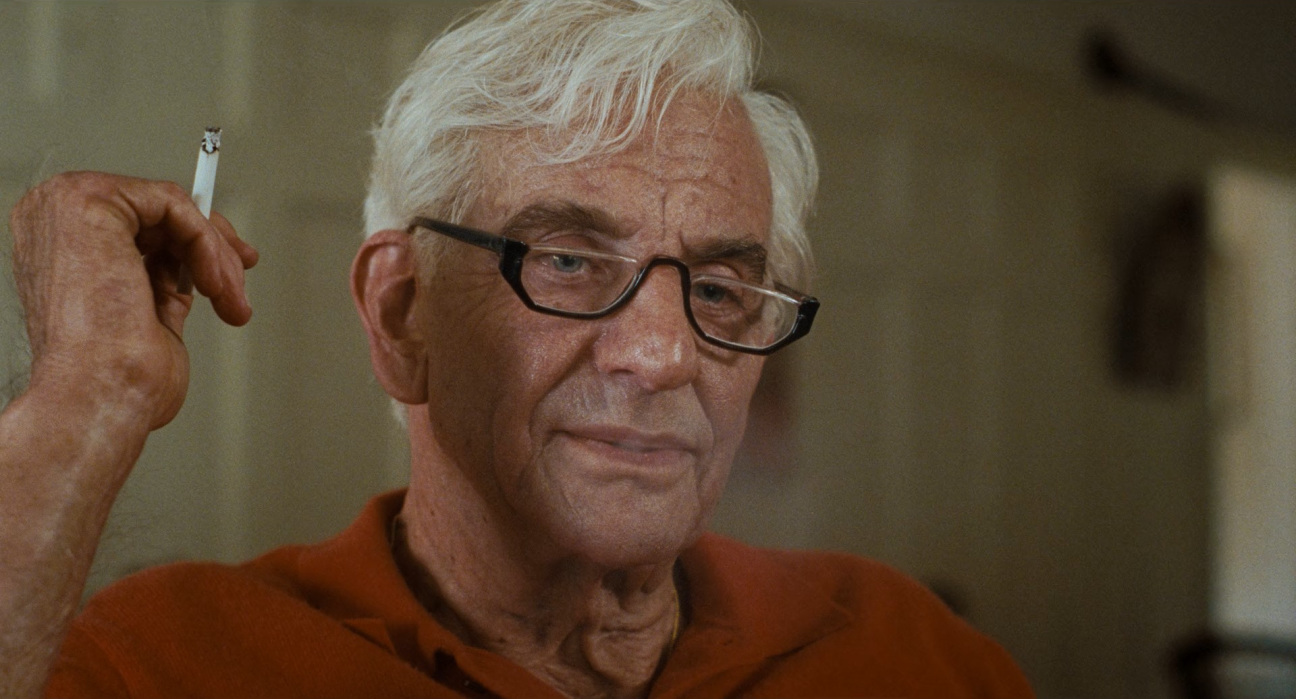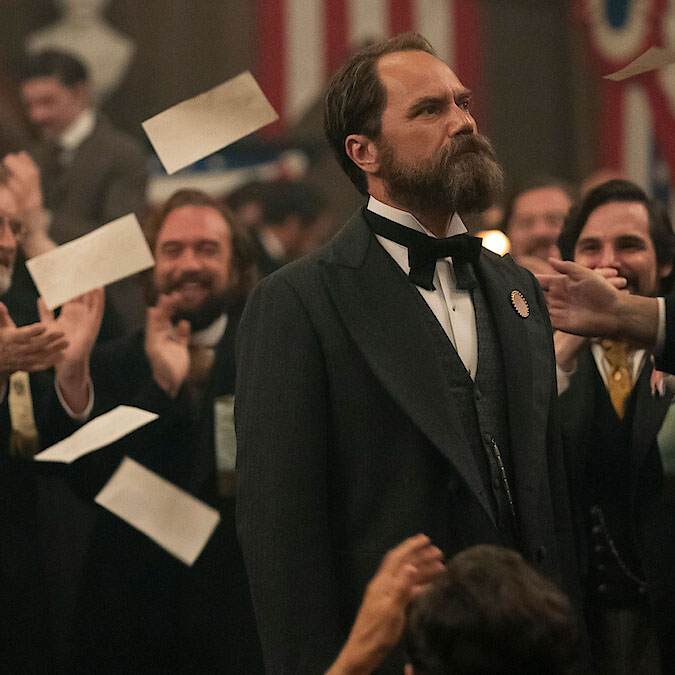
We used to have an idea of what a Best Picture movie was—an austere costume drama, a self-serious biopic, a saccharine story of love lost and lessons learned. This year’s Best Picture lineup, on the other hand, feels like a weird dream. There’s an opaque, almost dialogue-free art film (Zone of Interest), a foreign-language whodunnit (Anatomy of a Fall), a steampunk coming-of-age (Poor Things), and a big-budget adaptation of a toy movie (Barbie).
Also in the mix is a swelling biopic (Maestro) that’s anything but standard-issue, evolving into flights of literal fancy in a dream ballet, and what looks like a standard-issue heartwarmer about three of the grumpiest people of all time (The Holdovers). It’s a bizarre year, full of the type of mismatched movies and genuine artistic swings that rarely get acknowledged by an awards show, let alone the biggest one of the season.
The strength and strangeness of this year’s Best Picture lineup is due, in part, to two major changes in the Academy over the past decade and change. The first is the 2009 expansion of the lineup from five movies to 10 after the category first shrank down in 1944. The second is a marked increase—beginning with the solicitation of 774 new members in 2017 after the #OscarsSoWhite controversy and a record 928 more in 2018—in AMPAS members. This younger and more diverse voting bloc helped make movies like Get Out (2017), Parasite (2019), and Everything Everywhere All At Once (2022) not only become serious contenders, but actual Oscar winners.

Joe Reid and Chris Feil, who host the podcast “This Had Oscar Buzz,” note that this year’s lineup consists of a lot of films that exist on the far edges of what we would normally consider a Best Picture-type movie. “I doubt that a studio would have put as much of a push into Zone of Interest in the five-picture era because it’s smaller, it’s quiet, you have to be very dialed in,” Reid explains. “But it’s so successful it gets Jonathan Glazer a Best Director nomination.”
Some of the films hit familiar Oscar beats, but with a twist. “The Academy is often accused of just going for Holocaust movies, but Zone of Interest is attempting something different,” Feil notes. And while Oppenheimer looks at first blush like a classic “great-man” biopic, it eschews the traditional linear narrative arc from childhood to old age to provide a kaleidoscopic view of events. Notably, the film also leaves the question of whether Oppenheimer actually qualifies as a great man up for debate.
Reid and Feil agree—as do newly vocal audience members who protested snubs more fervently than ever—that this is a good Best Picture lineup in a year of good movies. (“Usually good movie years give us crap Best Picture lineups,” Feil jokes. Remember 2003, when Lost in Translation and Far From Heaven lost to Chicago? Or 2017, when Phantom Thread and Get Out were passed over in favor of The Shape of Water?)

Part of the benefit of an expanded and more diverse set of voters is that actual viewer enthusiasm crosses over into nominations. Perhaps the most notable of this year’s Best Picture nominees is also the smallest in scale: Celine Song’s Past Lives, a quiet, low-budget movie that rode a swell of Sundance enthusiasm to a handful of nominations.
For all that feels fresh and new about the Best Picture lineup this year, the Academy is nothing if not inconsistent. The continued embrace of smaller, weirder, and more challenging films suggests an eagerness to push art in a direction of legitimate progress—new voices, new stories.
Films still have the best chance of recognition if they riff on pre-established Academy preferences: biopics, tales of atrocity, and big-budget filmmaking with big-budget ideas. The nominations and winners only tell us about the year that was, and they don’t always hold up. But this year suggests there’s reason to be cautiously optimistic about what the industry has in store.










 in your life?
in your life?

